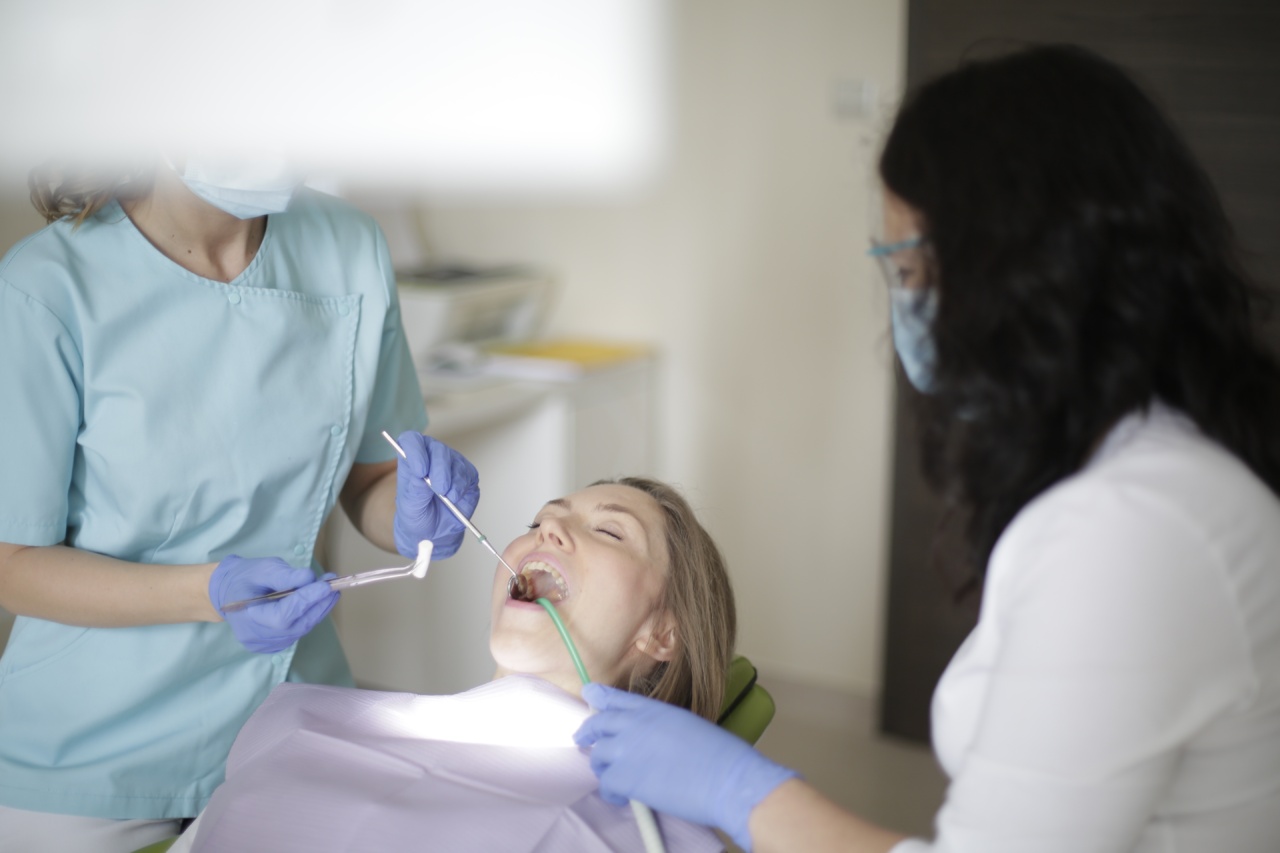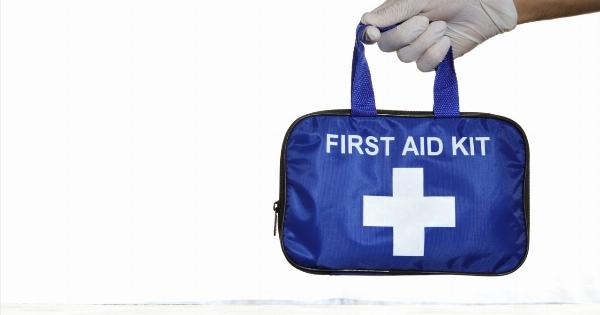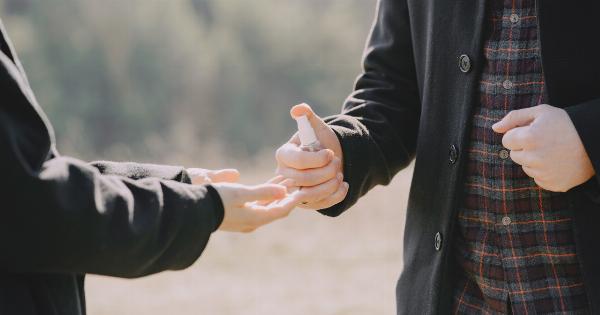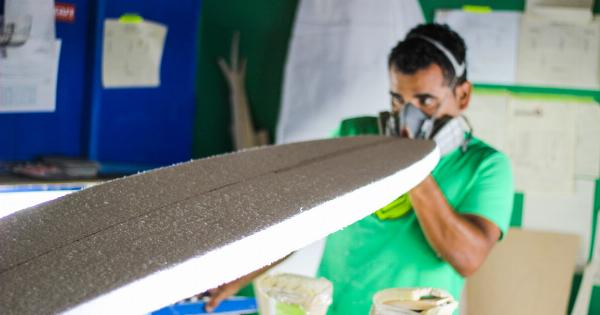A testicular torsion occurs when a male’s testicle rotates, twisting the spermatic cord that brings blood to the scrotum.
When this happens, the blood supply to the testicle is cut off, which can lead to tissue damage or even the loss of the testicle if not treated urgently.
What Causes Testicular Torsion?
Although testicular torsion can happen at any age, it is more common in young males between the ages of 12 and 25.
The condition can be caused by various activities, including sports or physical activity, but can also occur spontaneously without a clear cause.
Signs and Symptoms of Testicular Torsion
The most common symptom of a testicular torsion is severe testicular pain that can come on suddenly and within hours. Other signs and symptoms include:.
- Swelling of the scrotum
- Testicular tenderness
- Abdominal pain
- Nausea and vomiting
Diagnosing Testicular Torsion
If you experience symptoms of testicular torsion, it is important to seek medical attention immediately. Your doctor will perform a physical examination of the scrotum to diagnose the condition.
They may also order imaging tests, such as an ultrasound, to confirm the diagnosis.
Treatment for Testicular Torsion
The only treatment for testicular torsion is surgery, which involves untwisting the cord and restoring blood flow to the testicle.
The goal is to save the testicle, but in some cases, the affected testicle must be removed to prevent infection or further damage. Surgery should be performed as soon as possible to improve the chances of saving the testicle.
Preventing Testicular Torsion
While testicular torsion cannot always be prevented, there are some steps you can take to reduce your risk:.
- Avoid or limit strenuous physical activity that puts pressure on the scrotum
- Wear protective gear during sports or physical activity
- Seek treatment immediately if you experience symptoms of testicular torsion
Key Takeaways
Testicular torsion can cause severe pain and requires urgent medical attention. If you experience symptoms of testicular torsion, seek medical treatment immediately to improve the chances of saving the affected testicle.
While the condition cannot always be prevented, taking precautions and seeking prompt medical treatment can reduce the risk of complications.





























